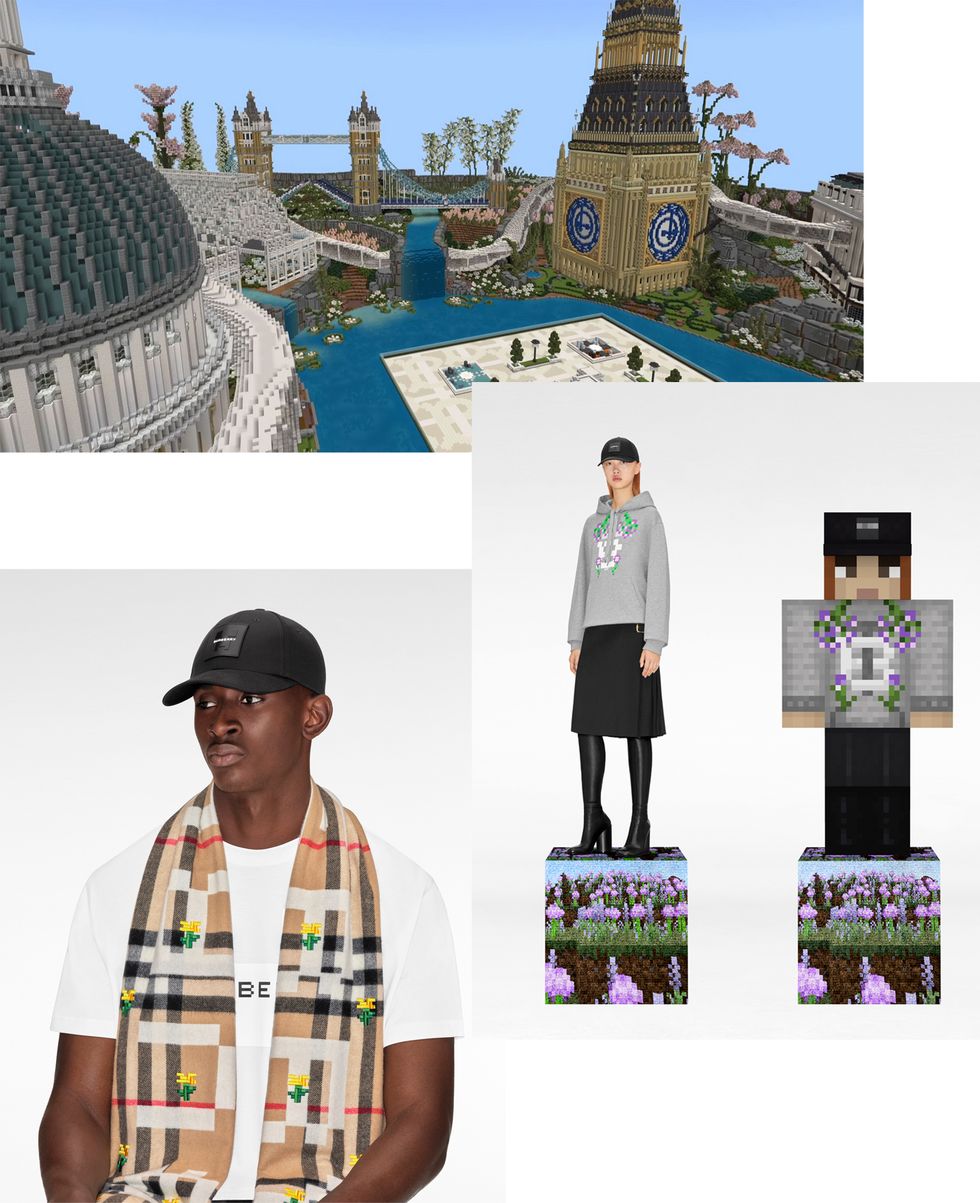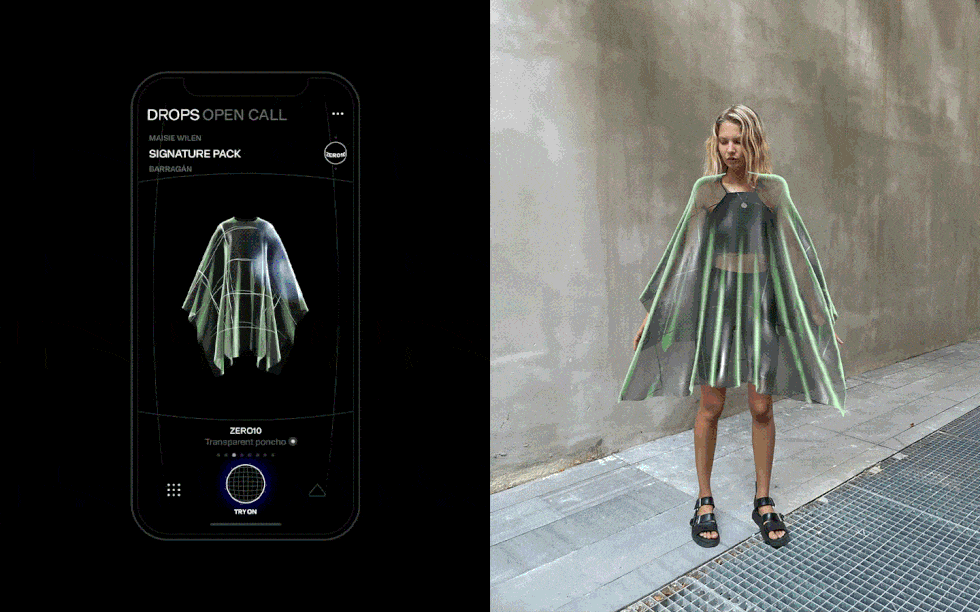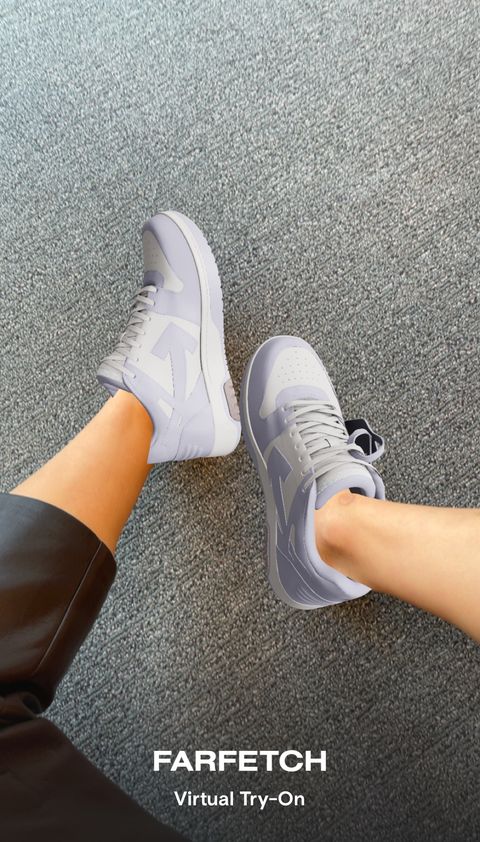The Metropolitan Museum of Art’s Costume Institute was onto something when it chose “Manus x Machina: Fashion in the Age of Technology” as the theme for its 2016 exhibition. Debuting on the first Monday that May with its annual Met Gala, which boasted a red carpet featuring ensembles inspired by that of the sci-fi future—metallic beads and sequins, gravity-defying 3D appliqués, and glow-in-the-dark gowns, to name a few—no one would have guessed that we would be in a world of digital fashion less than a decade later. Now, in an era where terms like “NFTs” and “metaverses” have become parts of everyday conversation, it’s time for virtual clothes to stand proudly in the limelight.
Understanding fashion for the digital space starts with understanding technology in 2023. More specifically, the latest generation of the internet—also known as Web 3.0 or more commonly referred to as Web3. You don’t necessarily need to know the minute details of cryptocurrencies or DAOs (decentralized autonomous organizations) to be a patron or onlooker of fashion’s foray into the space. Still, a basic knowledge of the style set’s intersection with the Web3 world (and what that means for you, dear reader) certainly can’t hurt. The main space you need to watch? The metaverse.
“Right now, there are two burgeoning concepts of a metaverse for fashion,” Tobi Ajala, founder and CEO of TechTee, a digital agency specializing in luxury and fashion, tells ELLE.com over the phone. “First, where you enter a [virtual] space without an avatar, but you have access to all these virtual assets, like Gucci Garden.” Ajala further elaborates that this route channels the experience of walking through a museum or window shopping, but in an elevated manner. More often than not, it serves as an extension of the brand. The other, she adds, still features a virtual space, but the user has a personal avatar they can customize and dress to experience the brand in an entirely new way. A lot of times, the latter of the two takes shape in the form of gaming. You may recall a time in 2019 and 2020 when brands like Moschino and Valentino were creating digital collections specific to video game franchises like The Sims and Animal Crossing, respectively, and they certainly were not the only ones.
Since then, clothes made using vectors and pixels rather than fabrics and stitching have only become more common. Case in point: Burberry’s gaming collaboration with Minecraft, “Burberry: Freedom to Go Beyond,” was one of the biggest gaming collaborations of 2022. According to Phillip Hennche, director of channel innovation at Burberry, collaborating with video game franchises like Minecraft allows the brand to interact with its audience in an entirely new way. “Minecraft, as a game, lives in the digital. It’s all about the creation of virtual universes. On the Burberry side, we essentially do the same, but in a physical way. We’ve got our stores, we’ve got our product, and we’ve created a brand universe within that,” he says.
The collaboration featured digital products that touched on the Burberry brand, such as an Equestrian Knight character, a monogram maze, and unique Burberry x Minecraft “skins” (a.k.a. the “clothes” for your Minecraft character or other gaming avatars). “Self-expression, for us, has always been really important,” adds Minecraft’s director of consumer products, Federico San Martin. “Customization is key to allow us to represent ourselves as people and in the world of video games. This is a space that is evolving; we see people now trying to represent themselves the same way they are as humans as they are in video games.” With that in mind, the British fashion house also created a physical capsule collection featuring Minecraft motifs for fans of the brand to shop and match their characters. Consider this one of those times when art imitates life—or vice versa.
Now, personalizing your avatar goes beyond matching clothes. Although, who among us doesn’t want to see a digital mini-me running around these virtual worlds? It becomes a new form of self-expression. According to The Future of Marketing Institute, there’s a growing demand for digital fashion: 47 percent of consumers are “interested in digital clothes, with 87 percent having already purchased some form of digital fashion.” For Ajala, this makes sense. “If you want longer hair as a digital avatar, you simply press a button or pay $3. Meanwhile, if you’re in the real world, it could take years to get your hair down to shoulder length,” she offers. “There are definitely methods of human validation and elements there, but right now, I definitely see all of these things being contributing factors—but it’s still really early.” She’s right; the fashion industry is only at the forefront of this new frontier, with gaming only being one facet of the virtually infinite space—and that’s precisely what makes it so exciting.
Another way you can sport digital fashion is through AR, which is how George Yashin and ZERO10, an augmented reality fashion platform, have been experimenting with designs that are both beautiful and—quite literally—out of this world. “The main power of this platform and all of the digital fashion movement is to create something that can’t exist in real life. We see that the most in-demand items [on ZERO10] are wings and crazy dresses with strange physics,” he says over a Zoom call. Yashin and his team want to embrace the “wow” factor of fashion while also collaborating with brands and big fashion companies, adding that because the technology is so new, it’s completely open for experimentation. “AR brings a new level of engagement, and with that, a new level of feelings.” And while the co-founder is among the many currently testing the vast number of outcomes that come with uncharted territory, he also reminds me that there are still plenty of present-day uses, such as virtual try-ons, highlighting that of Farfetch’s shopping app.
This wasn’t the first time the retailer entered the digital fashion conversation either, as it was a project Ajala had worked on previously, and now offers to other brands that want to implement AR in their e-commerce sites. The main benefit to this type of technology (besides the fun, of course), she mentions, is that you’re now able to make a smarter buying decision, which ultimately leads to fewer returns and carbon emissions spent on shipping.
Beyond interactive video games and virtual dressing rooms, what other ways can one interact with fashion’s digital goods? Plenty of designers have put out their own NFTs, but the jury’s still out on what you can actually do with them—and why we should care. Ajala, who believes NFTs will be most successful in the arts, fashion, sports, and music industries, states that the value is in the love of the object. “It doesn’t matter if it’s a niche, if there’s a very small market, or if nobody likes it; you still love it and you still keep it,” she shares, citing her friends’ affinity for Gucci’s virtual sneakers. “Once you implement an element of art, it doesn’t matter how much it costs, it doesn’t matter who cares for it, there will always be a niche group that cares and isn’t willing to sacrifice their love for a trend, whether it’s worth anything or not.”
With virtual try-ons, video games, metaverse fashion shows, and NFTs only marking the beginning of how we experience digital fashion, there’s no telling what will come next—but rest assured, it’ll only make the industry stronger, especially as brands get creative with how they present their digital pieces. Perhaps, as Ajala muses, we’ll see a return to unboxing videos, only this time in Roblox or Decentraland. Or, in the “phygital” world, everyone will have AR glasses and be able to see each other’s digital clothes when we wear them, per Yashin’s imagination. Maybe it’s something we can’t even begin to conceive because the technology has yet to be made. And in this universe, the possibilities are truly endless.
Dale Arden Chong is the Senior Fashion Commerce Editor at ELLE.com. Previously, she was an editor at MensHealth.com and has written for Who What Wear, GLAMOUR, The Coveteur, and more. She loves fashion, food, and art, among other things—but her greatest love is K-pop idol V of BTS.




